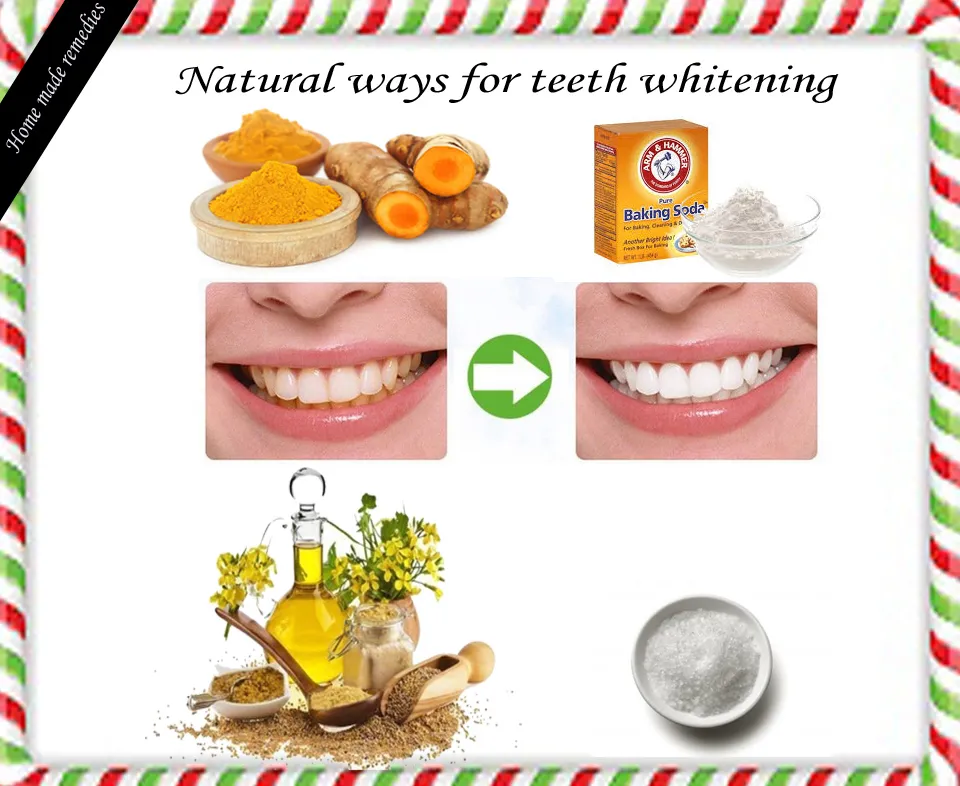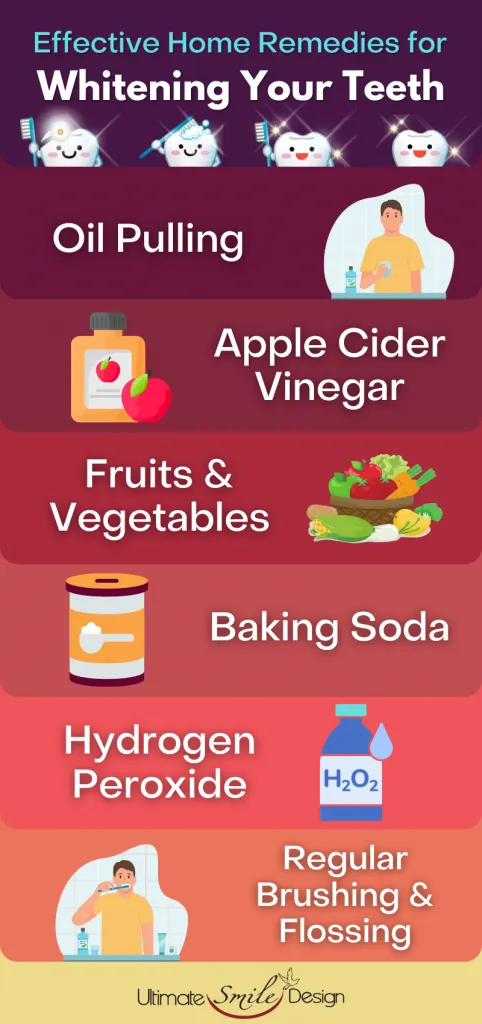What Causes Tooth Pain After Whitening Treatments?
Teeth whitening treatments are popular for enhancing smiles, but they can sometimes lead to temporary tooth pain. Understanding the causes of this pain is the first step in finding relief. The discomfort experienced after whitening is usually a sign of sensitivity, but it can also indicate other underlying issues. Knowing the source of your pain will help you choose the right remedies and decide if a visit to the dentist is necessary. Let’s explore the common reasons behind tooth pain after whitening to better understand how to manage it effectively.
Sensitivity from Whitening
The primary cause of tooth pain after whitening is tooth sensitivity. Whitening agents, such as hydrogen peroxide or carbamide peroxide, work by penetrating the enamel to break down stains. This process can also irritate the nerves in your teeth, leading to heightened sensitivity. This sensitivity often manifests as a sharp, shooting pain or a dull ache, especially when exposed to hot, cold, sweet, or sour foods and drinks. The degree of sensitivity varies from person to person and depends on factors like the concentration of the whitening agent and the individual’s tooth structure.
Irritation of the Gums

Another potential cause of tooth pain is gum irritation. During whitening treatments, the whitening agent can come into contact with your gums, leading to inflammation and discomfort. This irritation is more common with in-office whitening treatments where higher concentrations of the whitening agent are used. Symptoms of gum irritation include redness, swelling, and tenderness. Proper application techniques, such as using a gum barrier during in-office treatments, can help minimize this risk. However, even with precautions, some gum irritation can occur.
Pre-existing Dental Issues
Sometimes, tooth pain after whitening is not directly caused by the whitening treatment itself but by pre-existing dental issues. If you have cavities, cracks, or other damage to your teeth, the whitening agent can penetrate these areas and cause significant pain. People with existing dental problems may experience more intense and prolonged pain than those with healthy teeth. It’s crucial to address any underlying dental issues before undergoing teeth whitening to avoid complications and ensure a comfortable experience. Consulting with your dentist before whitening is essential to identify and treat any existing problems.
Top 7 Home Remedies for Tooth Pain After Whitening
When faced with tooth pain after whitening, several home remedies can provide relief. These remedies are generally safe and effective for managing temporary sensitivity and discomfort. However, if the pain persists or worsens, it’s important to consult a dentist. Here are seven home remedies that can help alleviate tooth pain after whitening, offering practical and accessible solutions for a more comfortable experience. Always consult with a dental professional before starting any new treatment.
Saltwater Rinse

A saltwater rinse is a simple yet effective home remedy for tooth pain. Salt has natural antiseptic properties that can help reduce inflammation and kill bacteria in the mouth. Rinsing with saltwater can soothe irritated gums and promote healing. This remedy is especially useful if your pain is related to gum irritation or minor inflammation after whitening. It is an accessible and gentle method for managing discomfort and supporting oral health after teeth whitening treatments.
How to use Saltwater Rinse
To use a saltwater rinse, dissolve half a teaspoon of salt in a cup of warm water. Swish the solution gently in your mouth for about 30 seconds, making sure to reach all areas. Spit out the solution and repeat as needed, several times a day. Avoid swallowing the saltwater, and make sure the water is warm, not hot, to prevent further irritation. This simple rinse can provide significant relief and promote a healthier mouth environment.
Cold Compress
A cold compress is a quick and effective way to reduce pain and inflammation. Applying a cold compress to the outside of your cheek can numb the area and alleviate discomfort. This remedy is particularly helpful for managing sensitivity-related pain and any minor swelling. Using a cold compress is a convenient and accessible method for immediate relief, making it a go-to solution for post-whitening tooth pain.
How to use Cold Compress

Wrap an ice pack or a bag of ice in a thin cloth and apply it to the affected area for 15-20 minutes at a time. Take breaks in between applications to avoid over-cooling the skin. Repeat as needed throughout the day. The cold temperature helps constrict blood vessels, reducing inflammation and numbing the pain. This simple technique can significantly improve comfort levels after a teeth whitening treatment.
Over-the-Counter Pain Relievers
Over-the-counter (OTC) pain relievers, such as ibuprofen or acetaminophen, can provide temporary relief from tooth pain. These medications work to reduce inflammation and block pain signals, making them effective for managing the discomfort associated with teeth whitening. Using OTC pain relievers is a straightforward way to alleviate pain and return to your daily activities. Always follow the recommended dosage instructions to ensure safety and effectiveness. However, if the pain is severe or doesn’t improve, consult with a dentist.
How to use Over-the-Counter Pain Relievers
Follow the instructions on the packaging for the appropriate dosage and frequency. Take the medication with food to minimize potential side effects. Avoid exceeding the recommended dose. If the pain persists or worsens, discontinue use and consult a dentist. OTC pain relievers are designed for short-term relief and should not be a long-term solution for tooth pain. Ensure you are aware of any potential side effects and consult with a healthcare professional if needed.
Clove Oil

Clove oil is a natural remedy known for its pain-relieving and antiseptic properties. The active component in clove oil, eugenol, has been used for centuries to treat dental pain. Clove oil can help numb the area and reduce inflammation, providing immediate relief from toothaches. Applying clove oil is a traditional method for managing dental discomfort, offering a natural alternative to OTC medications.
How to use Clove Oil
Apply a small amount of clove oil to a cotton ball and gently dab it on the affected tooth and gums. Avoid swallowing the oil. You can also mix a few drops of clove oil with a carrier oil, such as olive oil or coconut oil, to dilute it. Use this mixture for a gentler application. Apply carefully and sparingly, as excessive use can irritate the gums. Clove oil is potent, so use it cautiously and seek professional advice if the pain continues.
Ginger
Ginger has anti-inflammatory and pain-relieving properties, making it a beneficial home remedy for tooth pain. Chewing on a small piece of ginger or applying ginger paste can help reduce inflammation and provide relief. Ginger’s natural compounds can help soothe irritated nerves and alleviate discomfort associated with sensitivity. Including ginger in your routine is a natural way to manage and ease tooth pain after teeth whitening. Always consult your dentist before using ginger for this purpose.
How to use Ginger

You can chew on a small piece of fresh ginger or create a ginger paste by mixing ground ginger with water. Apply the paste directly to the affected area, allowing it to sit for a few minutes. Rinse your mouth with warm water afterward. Repeat as needed. Ginger is a safe and natural option, but be aware of its potent flavor and potential for mild irritation. If the pain continues, it is important to visit your dentist.
Turmeric
Turmeric contains curcumin, a compound known for its strong anti-inflammatory and antioxidant effects. Applying turmeric paste can help reduce inflammation and relieve tooth pain. Turmeric has been used for centuries in traditional medicine to treat various ailments, including dental problems. This natural remedy offers a holistic approach to managing discomfort and promoting oral health. Always seek your dentist’s advice if you have questions or pain.
How to use Turmeric
Mix turmeric powder with water or coconut oil to form a paste. Apply the paste to the affected area and let it sit for several minutes. Rinse thoroughly with water. You can also add turmeric to your diet by including it in your meals. However, turmeric can stain teeth, so use it with caution. For best results, consult your dentist. The anti-inflammatory and antioxidant properties of turmeric can help soothe irritated tissues and reduce pain.
Hydration

Staying hydrated is essential for overall health, including oral health. Dehydration can exacerbate sensitivity and make tooth pain worse. Drinking plenty of water helps keep your mouth moist and reduces the risk of irritation. Proper hydration also supports saliva production, which helps protect teeth and gums. Maintaining good hydration is a fundamental aspect of managing tooth pain and promoting overall well-being. Always make sure you drink enough water.
Why Hydration Helps
Water helps maintain a moist oral environment, reducing sensitivity and irritation. Adequate hydration supports saliva production, which neutralizes acids and protects teeth from damage. Drinking enough water after teeth whitening helps wash away any remaining whitening agents and minimizes potential discomfort. By staying well-hydrated, you support your body’s natural healing processes and promote a healthier mouth. Make sure you keep track of your water intake and try to drink water throughout the day.
When to See a Dentist
While home remedies can often provide relief from tooth pain after whitening, it’s important to know when to seek professional dental care. Not all pain is temporary or easily managed at home. Recognizing the signs that indicate a dentist visit is crucial for preventing more serious complications. Knowing when to seek professional help can ensure proper treatment and avoid potential long-term issues. If you’re experiencing any of the symptoms below, consult your dentist immediately.
Severe or Prolonged Pain
If your tooth pain is severe or doesn’t improve after a few days, it’s time to see a dentist. Intense pain may indicate an underlying issue, such as a cavity or infection, that requires professional treatment. Prolonged pain that persists for more than a few days suggests that the home remedies are not sufficient. Ignoring severe pain can lead to worsening dental problems, potentially requiring more extensive and costly treatments. Always prioritize consulting your dentist in case of extreme pain or discomfort.
Other Symptoms
Other symptoms that warrant a visit to the dentist include swelling, fever, or the presence of pus. These signs can indicate an infection or another serious dental problem that requires immediate attention. If you notice any of these symptoms, contact your dentist as soon as possible. They will be able to diagnose the issue and provide the appropriate treatment, ensuring your oral health and well-being. Early intervention can prevent the spread of infection and other complications.
Preventing Tooth Pain After Whitening
Preventing tooth pain after whitening involves taking several proactive steps to minimize discomfort and promote a comfortable experience. From choosing the right whitening method to practicing good oral hygiene, these preventative measures can significantly reduce the likelihood of sensitivity and other dental issues. Incorporating these practices can help you maintain a bright smile while ensuring your teeth remain healthy and pain-free.
- Consult with your dentist before undergoing teeth whitening to address any pre-existing issues.
- Choose a whitening method that is suitable for your teeth and sensitivity level.
- Follow your dentist’s instructions carefully during and after the whitening treatment.
- Use toothpaste designed for sensitive teeth to minimize discomfort.
- Avoid excessively hot or cold foods and drinks for a few days after the treatment.
- Maintain good oral hygiene by brushing gently and flossing regularly.
- Consider using a fluoride treatment to strengthen your enamel and reduce sensitivity.
